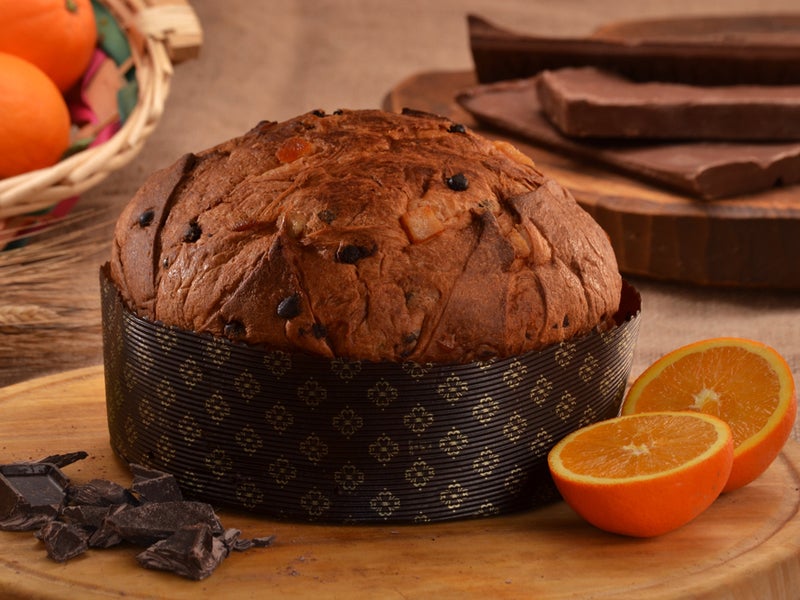Eat, Drink and ‘Bee’ Merry: How Bees Help Spread Holiday Cheer
Chestnuts roasting on an open fire? Not without honeybees! Many of our favorite holiday foods wouldn’t be the same without these sweet pollinators.

This page was published 9 years ago. Find the latest on Earthjustice’s work.
Exchanging presents, keeping annual traditions alive, and looking forward to the New Year all make this season a special one. The end-of-year holidays are a perfect time to gather with friends and family and enjoy sumptuous meals. However, many foods we typically enjoy during the holiday season would look strikingly different (and may not exist at all) without the work of honeybees. Bees are currently facing a toxic problem caused by the overuse of pesticides, but Earthjustice is working hard to put those pesticides that are most harmful to bees out of circulation.
Latkes with Apple Sauce and Sour Cream
Potato pancakes can be either sweet or savory, served with an assortment of condiments and toppings ranging from jams to fried pork to cheese to syrup. During the holiday season, a type of potato pancake—the latke—has become more popular. Latkes are often eaten during the Jewish holiday of Hanukkah. New spins on the classic latke have been introduced over the years, including latkes that substitute other vegetables like zucchini and beets for the traditional potato.
Where do honeybees fit in? Well, latkes are typically served with sour cream and applesauce. They also tend to be made with onions. Farmers rely on honeybees to pollinate apple trees, as well as crops like alfalfa that are often used as feed for dairy cows, and honeybee pollination can greatly improve onion yields.
Oranges
Oranges are symbols of good luck and prosperity; in some cultures, they symbolize gold. With celebrations abounding at the end of December and the start of the New Year, oranges are the perfect treat, and their many pieces are just made for sharing with friends and family. However, without honeybees, certain varieties of orange would simply not fruit!
Panettone
This traditional holiday cake from northern Italy has made its way around the world. Today it can be found in grocery stores in North America in boxes emblazoned with a picture of the cake in its signature “cupola” shape. Panettone is a sweet bread-like cake invented in Milan that is studded with raisins, candied citron and candied lemon—similar to a fruit cake. Without honeybees, this sweet treat would lose its festive raisins and citrus, leaving behind a plain, bland loaf.
Marzipan
This delicious little sweetmeat, which exists in several varieties in Europe and the Middle East, has established itself as a classic holiday treat. Marzipan is made with almond meal, almond oil, sugar or honey and sometimes orange water. Incredibly versatile, marzipan can be used to decorate and cover cakes or stand alone as candies, like the little marzipan pigs enjoyed in Denmark and Norway. Thanks to the hard work of honeybees, which are essential pollinators of almond trees, people around the world continue to enjoy marzipan delights.
Pumpkin Pie
A classic American treat that has become almost synonymous with the fall and winter months, pumpkin pie is a staple holiday dessert. And the pumpkin craze has continued to increase in fervor with new “pumpkin spice” flavored products debuting every year. What would happen without honeybees? Well, the pie crust would remain, but the pumpkin and all-spice would have to be nixed. Say goodbye to those Halloween jack-o-lanterns while you’re at it!
Need more convincing that we should save the bees? Here are 11 more excellent reasons.